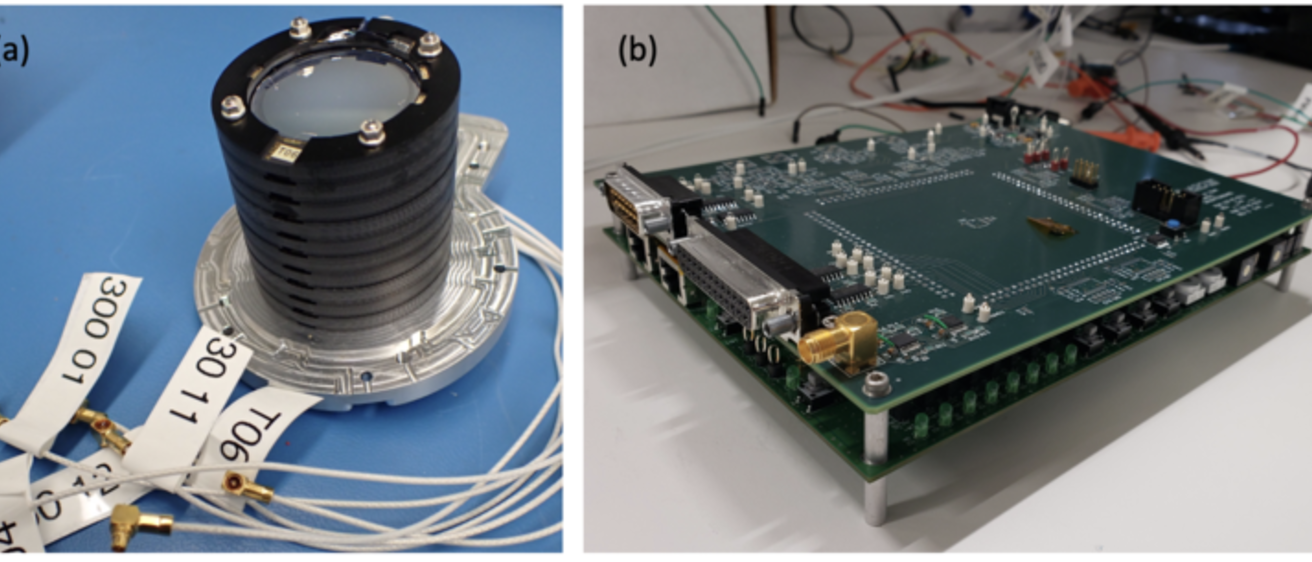Associate Professor Allison Jaynes has been awarded $543,000 from the University of Colorado, Boulder to build and deliver an energetic particle instrument for a rocket mission, COUSIN: A Study of Small-Scale Auroral Region Energy Deposition.
COUSIN is a sounding rocket investigation designed to address fundamental open questions of the auroral electrical current system, focusing on small-scale structure and energetics and their impact on the thermosphere, according to Principal Investigator David Malaspina, assistant professor at the University of Colorado, Boulder. The mission is expected to be flown in February 2024 from Esrange Space Center in Sweden and is part of the full European SYSTER sounding rocket mission.
Jaynes is the Principal Investigator for Proton eLectron Advanced Sensor for M-I Coupling (PLASMIC), an energetic particle detector that will measure electrons coming down into Earth's atmosphere from space. It is based on a solid-state silicon detector design to measure energies from 10's keV to several MeV. These energies are important for understanding the total energy budget that is dumped into our atmosphere from space particles.
Malaspina said the COUSIN mission seeks to address two scientific questions:
- How do background convection, neutral winds, and ionospheric conductivity contribute to small-scale structure of the auroral current system?
- How does the thermosphere respond locally, in terms of winds, to auroral forcing at small scales, including Joule heating and electron precipitation?
By addressing these questions, COUSIN will elucidate fundamental electrodynamics processes at scale sizes that have not been comprehensively examined, yet are suspected to play a large role in coupling the Earth’s solar-wind driven magnetosphere with its charged particle ionosphere and neutral atmosphere, Malaspina said.

University of Colorado, Boulder
PLASMIC is among five COUSIN instruments that are uniquely capable of achieving significant scientific progress by making the first coordinated measurements at small scales (< 2 km) of plasma, precipitation, and neutral parameters required to determine thermospheric energy deposition and response at the altitudes where it maximizes.
See https://malaspinaspacephysics.com/missions-and-instruments/ for more information.
Banner image: (a) PLASMIC detector stack – flight model (b) PLASMIC daughterboard. Credit: Allison Jaynes
